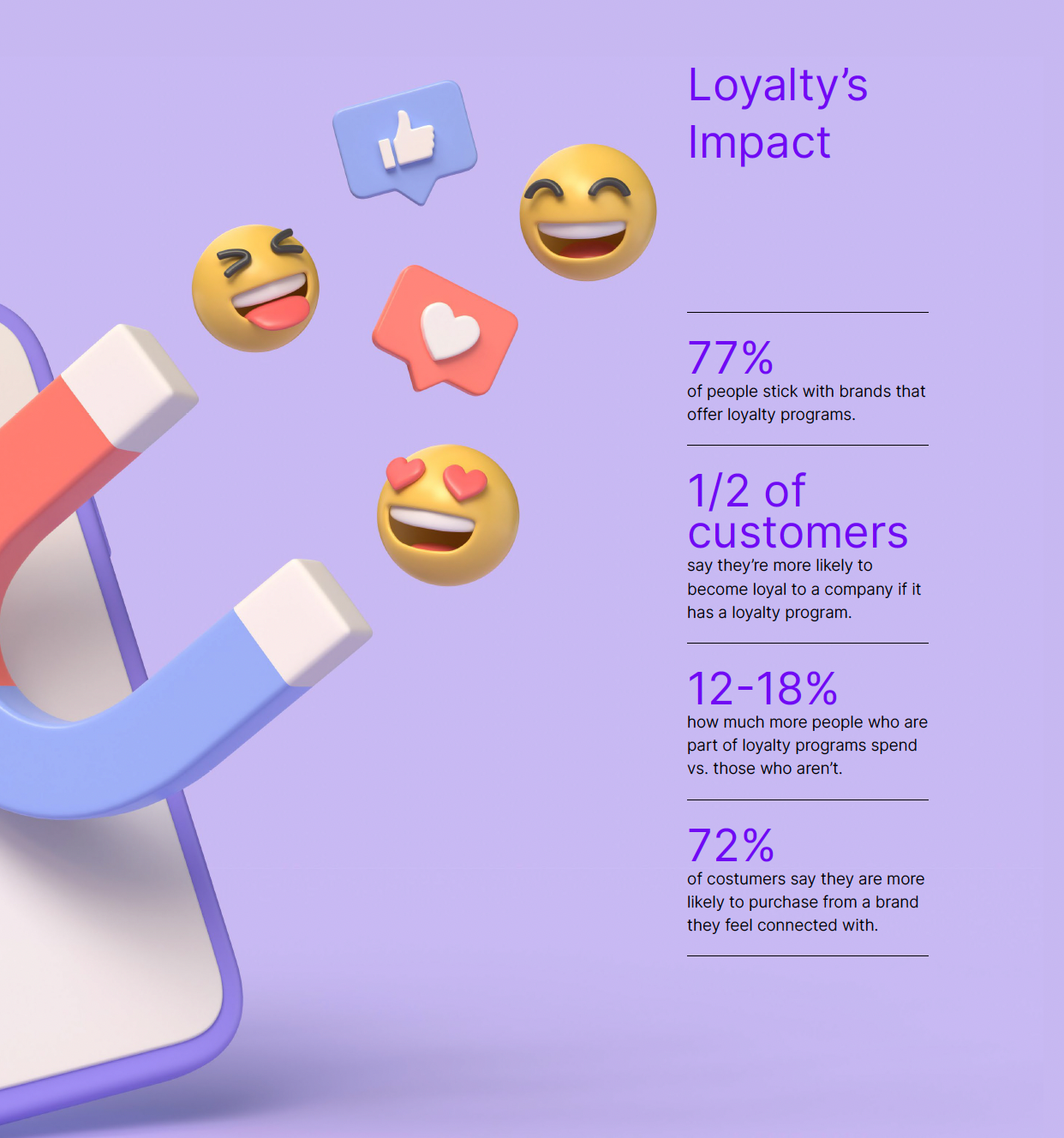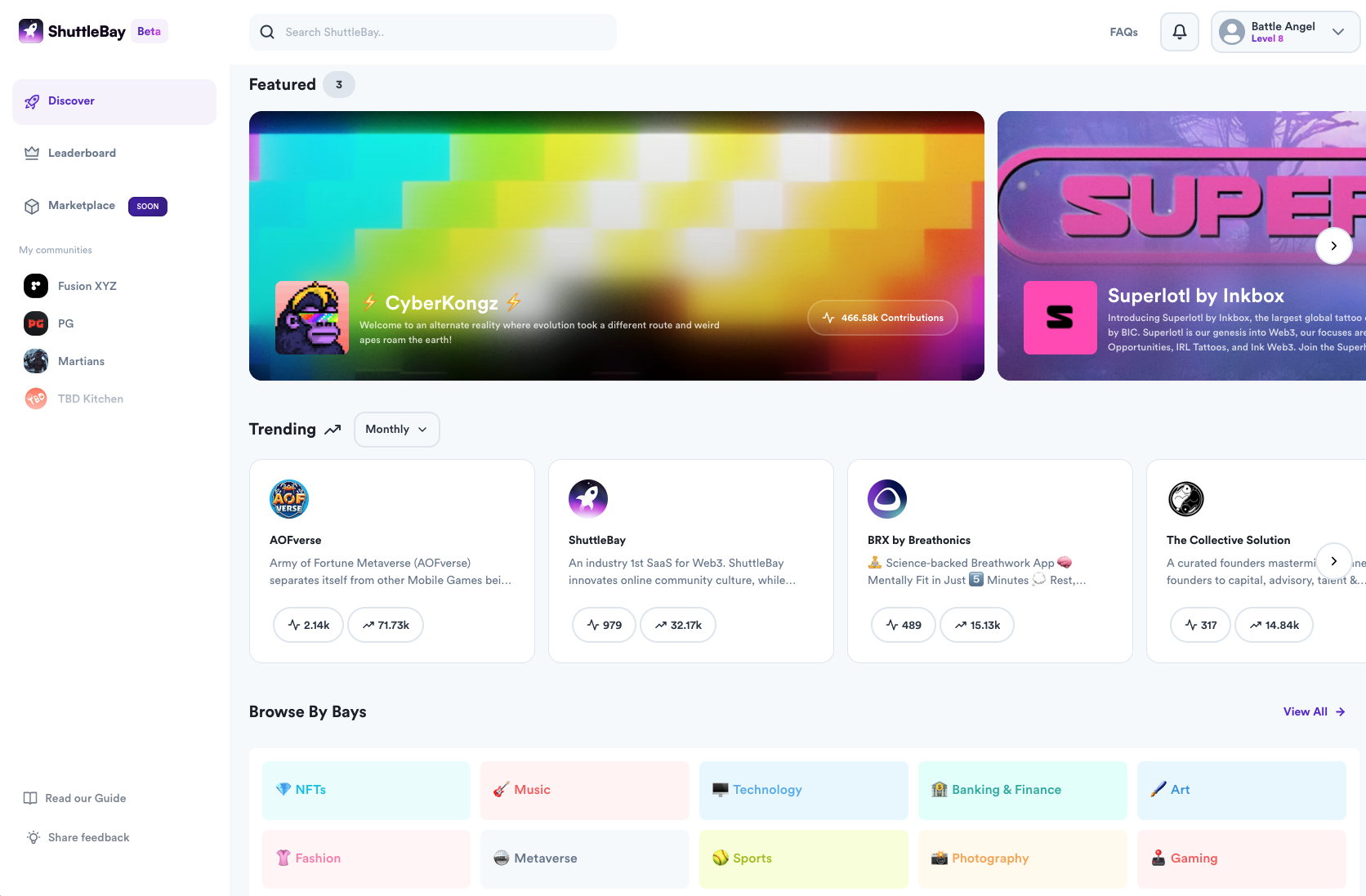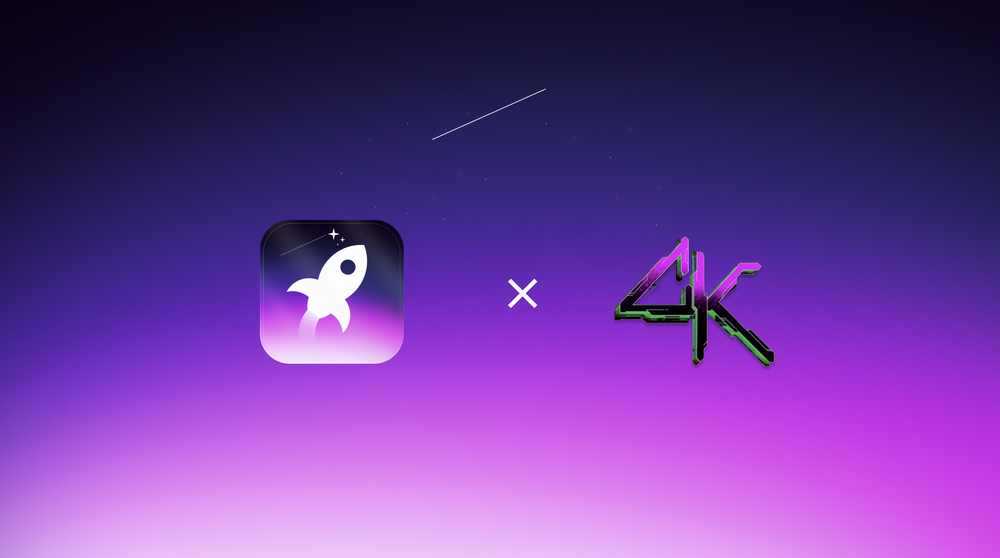The digital landscape is always in flux, driving constant evolution in the relationships between brands and consumers. With the advent of Web3 technologies, brands have an unprecedented opportunity to reshape loyalty programs, creating a community of brand champions.
Traditional loyalty programs and why they need to Change!
The problems and the need for change Historically, loyalty programs have been straightforwardly transactional, designed to spur short-term user acquisition. However, these methods are no longer effective in today's saturated market. Traditional loyalty programs often feature:
- Referral programs: refer a friend and get a discount
- Loyalty points: earn points for every dollar spent
- VIP programs: accrue points for better benefits
A need for a novel approach
Web3's Loyalty Framework The shortcomings of traditional loyalty programs call for innovative methods to attract and retain customers. Web3 technology introduces a completely new framework, emphasizing self-ownership, interoperability, and composability.
With Web3, customers transform from mere consumers to empowered co-creators, reshaping how brands build and measure loyalty and engagement. Unlike the previous Web2 era, Web3 grants community members ownership of brand assets, establishing the most powerful global affiliate program ever seen.
Old-school loyalty programs have proven beneficial for businesses. According to research, 77% of folks prefer to stay with brands that provide loyalty rewards, and almost half of all customers admit they'd be more likely to remain loyal to a company that offers a rewards scheme. This information came from a 2020 KPMG study. In a separate 2016 study by Accenture, it was found that members of loyalty programs typically shell out 12-18% more than those who aren't in these programs.

Younger consumers are known for expecting more from the brands they favor. They seek entrancing brand experiences, enhanced control, and amplified transparency. Rather than being mere statistics in a database, they want to be valued as essential community participants.
The evolution of loyalty, influenced by these community-focused attitudes, transcends the simplicity of transactional interactions. It revolves around reciprocal agreements between companies and their customers. Contemporary leading brands are not solely about the goods they offer; they're about cultivating a culture, a vibe, a tribe. They aim to create a community of customers who exhibit a distinctive character and style as identifiable as the products they purchase.
Emerging consumerism and culture trends Toby Shorins' "Life After Lifestyle" essay provides an interesting perspective on the shifting sands of consumer culture. He argues that we are moving from the "lifestyle era," where brands attach to existing cultural contexts, into a "consumer-to-culture" economy. In this new era, culture itself becomes a product, and brands are empowered to shape that culture through their offerings.
Harnessing Brand and Technology Evolution Brand evolution has been constant, transitioning from brick-and-mortar stores, to e-commerce, and then to direct-to-consumer models showcased on Instagram feeds. As we move into a more authentic, community-centric era, brands must leverage new technologies to cultivate a loyal following.
Some successful brands in this space, such as Bored Ape Yacht Club, Doodles, and Azuki, have harnessed the power of their communities to foster loyalty and nurture their cultural influence.
ShuttleBay paves the way for a new era of brand loyalty by fostering heightened user engagement across social media and various digital platforms. Our system meticulously identifies high-value contributors and recognizes them with tailor-made rewards. These rewards are not merely tokens of appreciation, in the past we've shared a diverse mix of both practical and exciting items. This list includes treats like tickets to Arsenal Football games, a one-of-a-kind physical Golden Egg, various tokens, and handy software subscriptions. Plus, we've distributed actual cash along with digital currency, reserved spots on premium lists, and some highly in-demand NFTs.
What's more, our benefits don't stop there. We've expanded our rewards to include legacy gifts, digital and physical goods, software licensing, professional services, more tokens, and additional NFTs, just to name a few.
Our mission at ShuttleBay is to embody gratitude for a brand's most dedicated supporters and facilitate an enriching give-back to the community. Through our transparent and fair mechanism, we empower brands to pinpoint and reward valuable contributions, thereby reinforcing community ties and fostering a loyalty that transcends conventional models. The future of loyalty is here, and ShuttleBay is leading its evolution.

Loyalty Innovation in Action The restricted nature of Web2 loyalty programs doesn't allow for cross-brand interactions. However, Web3's on-chain loyalty programs permit interoperability, enabling brands to tap into new communities with similar cultural tastes and spending habits.
Consider a collaboration between Tesla and Airbnb. They could work together on an eco-friendly travel experience promotion where Tesla owners are encouraged to book stays at Airbnb locations with Tesla charging ports.
As part of this promotion, Tesla drivers and Airbnb hosts or guests could earn $TESLA and $AIR tokens for participating in certain activities such as writing reviews, sharing their experiences on social media, or referring friends to the program. These tokens could be redeemed for special perks such as discounts on future Airbnb bookings or Tesla charging credits, exclusive experiences like test-driving new Tesla models, or even priority access to new features or products from either brand.
This not only incentivizes the existing customer bases of each brand to engage more deeply, but it also encourages cross-pollination between the two communities, potentially attracting new customers to each brand.

Several of the world's biggest brands have implemented successful loyalty reward systems
In this exploration, we uncover Six exceptional instances of loyalty programs, dynamic rewards, and community-oriented advantages. Each of these initiatives employs distinct elements to motivate and acknowledge customer loyalty.
- Starbucks Rewards: Starbucks, the global coffeehouse chain, has a highly popular loyalty program called Starbucks Rewards. It offers various perks and rewards, such as free drinks, food items, and customized offers. In 2020, Starbucks reported having over 19.4 million active members in the United States alone, and these loyal customers accounted for around 42% of the company's sales.
- Amazon Prime: Amazon, the e-commerce giant, operates its loyalty program called Amazon Prime. It provides members with benefits like free two-day shipping, access to exclusive deals, Prime Video, and more. In 2021, Amazon Prime membership surpassed 200 million worldwide, highlighting its tremendous success and customer loyalty.
- Sephora Beauty Insider: Sephora, the renowned beauty and cosmetics retailer, runs its loyalty program known as Beauty Insider. Members receive points for purchases, access to beauty classes, exclusive product launches, and birthday gifts. As of 2021, the program had over 25 million members globally.
- Delta SkyMiles: Delta Air Lines, one of the largest airlines globally, has a loyalty program called Delta SkyMiles. It offers frequent flyers numerous benefits like earning miles, priority boarding, and complimentary upgrades. As of 2021, Delta's SkyMiles program had over 100 million members worldwide.
- NikePlus: Nike, the leading athletic footwear and apparel brand, operates its loyalty program called NikePlus. Members receive free shipping, exclusive products, personalized training plans, and early access to new releases. While specific figures weren't available, NikePlus boasted a significant number of active members, contributing to brand loyalty and engagement.
- Hilton Honors: Hilton, a renowned hotel chain, has its loyalty program named Hilton Honors. It offers members benefits like free Wi-Fi, digital check-in, and the ability to earn and redeem points for hotel stays and experiences. As of 2021, Hilton Honors had over 120 million members globally.
The Future of Brands in the Web3 Era
In this new decentralized world, brands and consumers must foster a bilateral relationship that goes beyond selling and buying. Brands must cultivate a community, not just build a brand in a quantitative vacuum. To foster a loyal customer base, brands must provide a real reason for consumers to engage and stay.
The advent of Web3 technologies offers an exciting new era for brands and consumers alike. To stay relevant, brands must adapt and evolve, embracing these new tools to cultivate vibrant, engaged communities.
If you’re an innovative brand looking to activate and supercharge your community through true loyalty — Let’s chat.








